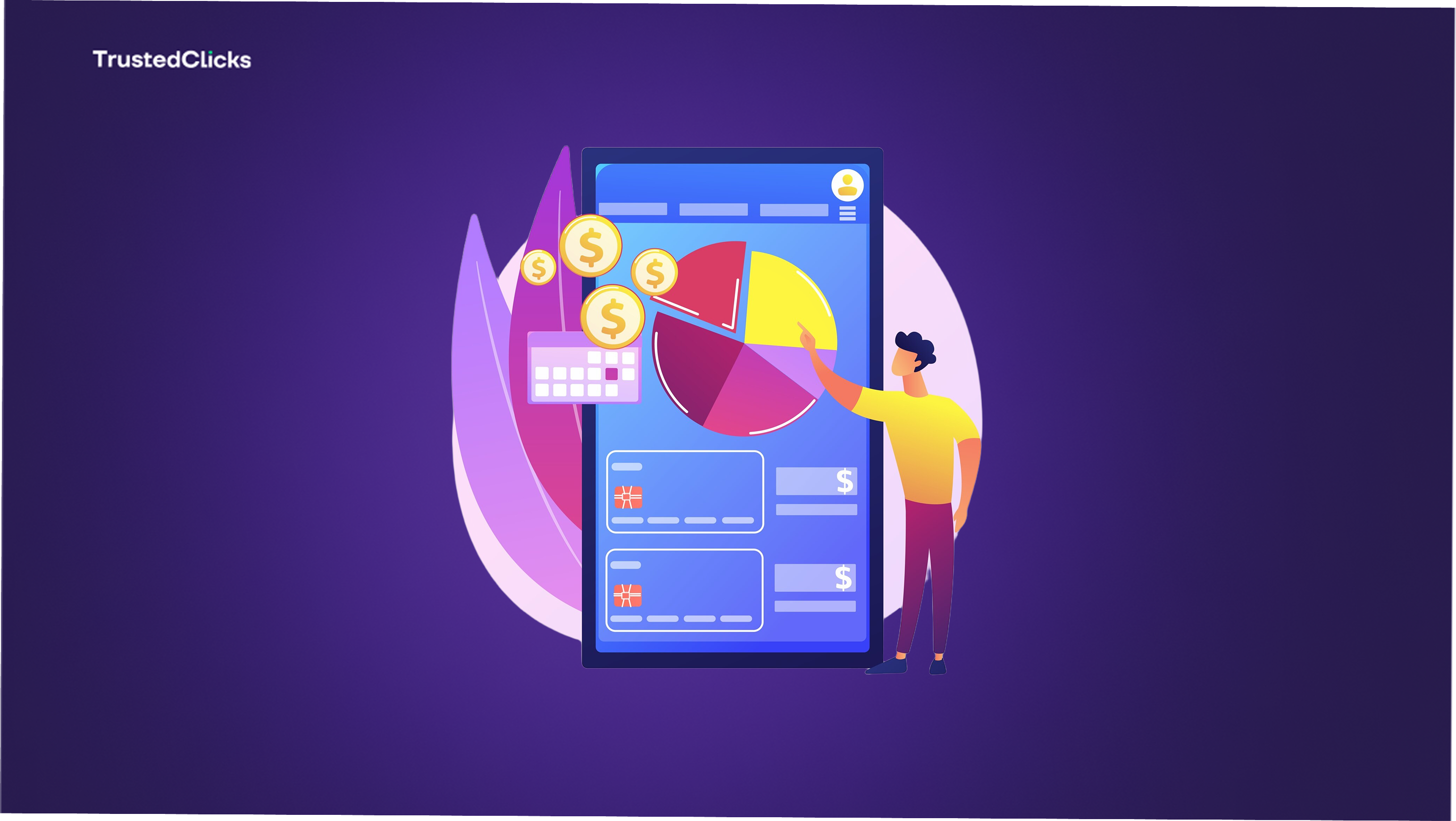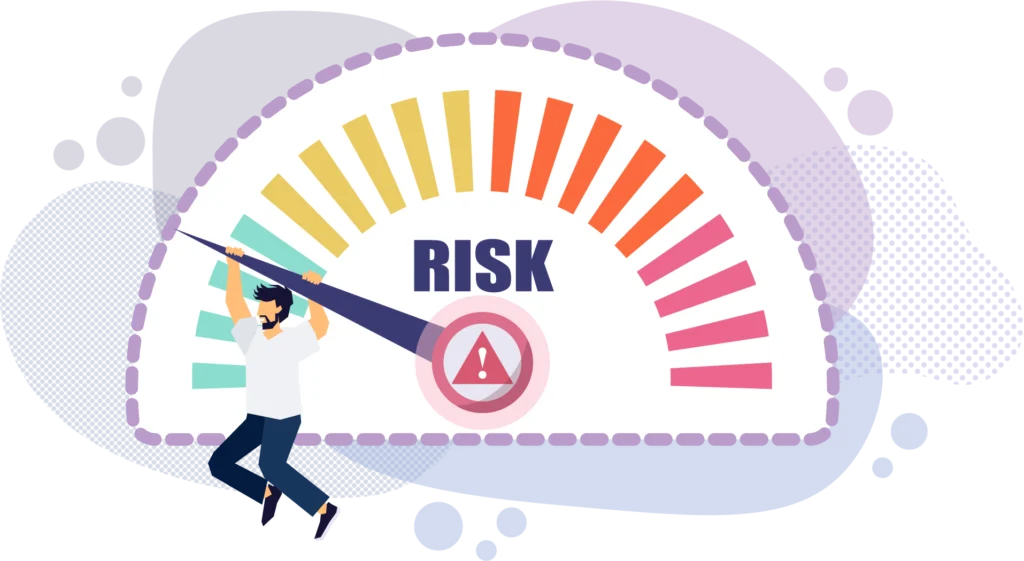- Affiliate marketing
Click Fraud Protection 101: Saving Your Ad Budget from Bot Clicks


In digital marketing landscape, online advertising is a cornerstone of success for businesses looking to reach their target audience. Whether you’re running pay-per-click (PPC) campaigns on Google Ads, social media platforms, or other ad networks, your budget is your lifeline. But what happens when that budget gets eaten away by fraudulent activity? Enter the world of click fraud—a silent budget killer that can drain your resources without delivering real results.
This is where click fraud protection comes in, a vital strategy to safeguard your ad spend and ensure your campaigns reach genuine customers. In this comprehensive guide, we’ll dive deep into Click Fraud Protection 101, exploring what click fraud is, how it impacts your business, and actionable steps to protect your ad budget from bot clicks.
What Is Click Fraud?
Click fraud occurs when automated bots, malicious competitors, or even unethical individuals repeatedly click on your online ads with no intention of engaging with your product or service. These fraudulent clicks inflate your ad costs, skew your campaign metrics, and rob you of the opportunity to connect with real customers. While some click fraud is unintentional (like accidental clicks), the majority is deliberate, often perpetrated by bots designed to mimic human behavior.
The financial stakes are high. According to a 2023 report by Juniper Research, advertisers lost an estimated $84 billion to ad fraud globally, with click fraud being a significant contributor. For small businesses or those with limited ad budgets, even a small percentage of fraudulent clicks can derail an entire campaign.
How Does Click Fraud Happen?

To understand how to protect yourself, it’s essential to know how click fraud operates. Here are the most common culprits:
Bots and Automated Scripts
Sophisticated algorithms and bots can simulate human clicks on ads. These bots are often part of botnets—networks of infected devices controlled by cybercriminals. They click ads en masse, generating fake traffic that’s hard to detect without the right tools.
Competitor Sabotage
Some competitors may intentionally click on your ads to exhaust your budget, ensuring their own ads gain prominence once yours stop running. This tactic is especially common in highly competitive industries.
Click Farms
Click farms are operations where low-paid workers (or even automated systems) are hired to click on ads repeatedly. These farms often target PPC campaigns to generate revenue for shady publishers or drain advertiser budgets.
Ad Network Fraud
In some cases, dishonest ad networks or publishers inflate click numbers to boost their own revenue, leaving advertisers footing the bill for non-existent engagement.
The Impact of Click Fraud on Your Business
Click fraud doesn’t just waste money—it undermines your entire marketing strategy. Here’s how:
Wasted Ad Spend
Every fraudulent click is money down the drain, reducing the ROI of your campaigns.
Skewed Analytics
Fake clicks distort your data, making it harder to measure campaign performance or optimize effectively.
Lost Opportunities
When your budget runs out prematurely, your ads stop reaching real customers who might convert.
Reputation Risk
For businesses relying on affiliate marketing, undetected click fraud can damage relationships with partners or networks.
For example, imagine you’re a small e-commerce store spending $1,000 a month on PPC ads. If 20% of your clicks are fraudulent (a conservative estimate in some industries), that’s $200 wasted on bots instead of potential buyers. Over a year, that’s $2,400—enough to fund an entirely new campaign.
Click Fraud Protection: How to Safeguard Your Ad Budget
Fortunately, you don’t have to let click fraud run rampant. With the right tools, strategies, and vigilance, you can implement robust click fraud protection and save your ad budget from bot clicks. Here’s your step-by-step guide:
1. Monitor Your Campaign Data Closely
The first line of defense is awareness. Dive into your campaign analytics and look for red flags, such as:
Unusually high click-through rates (CTR) with low conversion rates.
Spikes in traffic from a single IP address or geographic location.
Rapid clicks in a short time frame (e.g., multiple clicks per second).
Platforms like Google Ads provide built-in tools like the “Invalid Clicks” report, which filters out some fraudulent activity automatically. However, this alone isn’t enough—proactive monitoring is key.
2. Use Click Fraud Detection Software
Investing in specialized click fraud protection tools can make all the difference. These solutions use AI and machine learning to detect and block suspicious activity in real time.
3. Set Up IP Exclusions
If you notice consistent clicks from a specific IP address with no engagement, block it. Most ad platforms, including Google Ads, allow you to exclude IP addresses manually. For example:
Go to your Google Ads account.
Navigate to “Settings” > “IP Exclusions.”
Add the offending IP addresses.
This won’t stop all fraud (bots can switch IPs), but it’s a quick fix for obvious culprits.
4. Leverage Geotargeting
If your business operates in specific regions, restrict your ads to those areas. Bots and click farms often originate from countries unrelated to your target audience. By narrowing your geographic scope, you reduce exposure to fraudulent clicks.
5. Refine Your Keyword Strategy
Broad, high-traffic keywords can attract more bot activity. Shift toward long-tail keywords that are specific to your niche. For instance, instead of targeting “shoes,” aim for “women’s running shoes size 8.” This not only improves click quality but also lowers the likelihood of attracting automated scripts.
6. Work With Reputable Ad Networks
Not all ad platforms are created equal. Stick to established networks like Google Ads, Microsoft Advertising, or trusted social media platforms that have built-in fraud detection. Smaller or lesser-known networks may lack the resources to combat click fraud effectively.
7. Demand Refunds When Necessary
If you suspect significant click fraud, document the evidence (e.g., IP logs, traffic spikes) and request a refund from your ad platform. Google Ads, for instance, has a process for reporting invalid clicks and issuing credits. While refunds won’t recover lost opportunities, they can offset some financial damage.
Advanced Click Fraud Protection Tips
For businesses with larger budgets or complex campaigns, consider these advanced strategies:
- Implement CAPTCHA Verification: Adding a CAPTCHA to your landing pages can deter bots from completing actions after clicking your ads.
- Use Behavioral Analysis: Tools that track mouse movements, scroll depth, and session duration can flag non-human interactions.
- Partner With Experts: Digital marketing agencies specializing in PPC can audit your campaigns and deploy enterprise-grade click fraud protection solutions.
The Future of Click Fraud Protection
As technology evolves, so do the tactics of fraudsters. Artificial intelligence is a double-edged sword—while it powers smarter bots, it also enhances detection tools. Blockchain technology is another emerging trend, offering transparent ledgers to verify ad clicks and ensure accountability across networks. Staying ahead of click fraud means staying informed and adapting to new solutions as they arise.
Final Words
Click fraud is an unfortunate reality of online advertising, but it doesn’t have to cripple your business. By understanding its mechanics and implementing strong click fraud protection measures, you can save your ad budget from bot clicks and focus on what matters: reaching real customers. Start with the basics—monitoring, detection tools, and IP exclusions—then scale up as your needs grow. In a world where every dollar counts, protecting your PPC campaigns is not just smart—it’s essential.
Take control of your ad spend today. With the right strategies in place, you’ll turn your campaigns into a powerhouse of genuine engagement, leaving the bots in the dust.
Table of Contents
Join our community!
Subscribe to our newsletter for the latest updates, exclusive content, and more. Don’t miss out—sign up today!
Recent Posts

The Hidden Impact of Click Fraud on Marketing Analytics and ROI
- 4 mins read

Geolocation & IP Fraud Scores: Strengthening Your Security Strategy
- 5 mins read

Maximizing IP Risk Scoring to Enhance Your Ad Campaigns and Boost ROI
- 5 mins read



